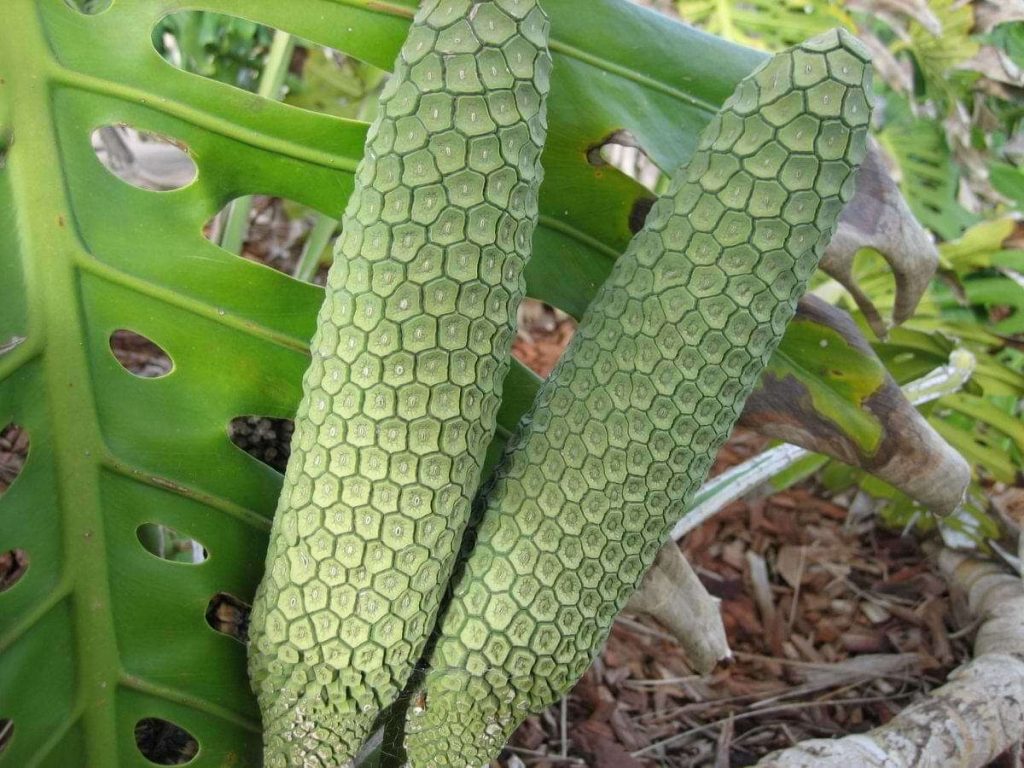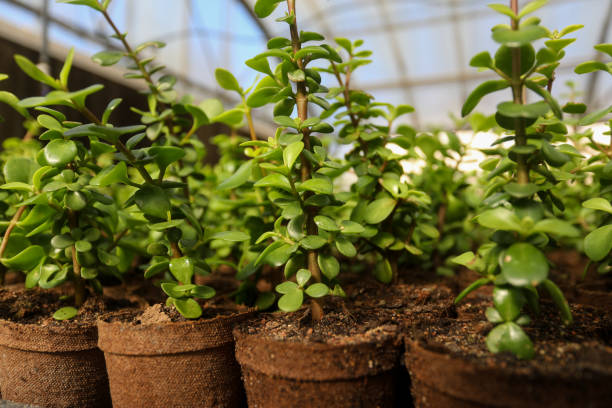How to Grow and Care for Swiss Cheese Plants?
If you’ve never seen one before, the Swiss Cheese Plant is sure to impress. It’s a statement houseplant, with lush green leaves and unique cutouts.
In its natural habitat, the Swiss Cheese Plant can grow up to 40 feet tall and wide, with enormous leaves up to three feet long and two feet wide — although they’re typically much smaller when grown indoors.

About Swiss Cheese Plants
Plant Profile
Common Name: Swiss Cheese Plant
Scientific Name: Monstera deliciosa
Family: Araceae
Native Region: Mexico, Central America, and South America
Height: Up to 20 feet (6 meters) as a tree in its native habitat

Monstera deliciosa, also known as the Swiss Cheese Plant, originally grew in the tropical rainforests of Mexico and Panama. The name is derived from the appearance of its leaves which are shaped like large holes and create a pattern resembling slots on a bike wheel. Thus, its nickname is (Swiss Cheese Plant). Although the plant’s natural habitat is wet and humid, it thrives indoors in dry conditions. Because of this, the Swiss Cheese Plant is a popular houseplant that can grow to huge proportions. Care for it with indirect sun exposure, moist soil with good drainage, and infrequent feedings by diluting fertilizer with water.
Medicine Use
In African herbal medicine, Monstera deliciosa has been used to treat diseases of the urinary and circulatory system, rheumatism, gout, syphilis, worms, and diabetes; as a diuretic and aphrodisiac. Internally it is used as a treatment for asthma, cough, fever, and headache. The roots are applied externally to ulcers and wounds.

Growing Swiss Cheese Plants
Light Requirement
Bright indirect light to partial sun is ideal for the Swiss Cheese Plant. Too much sunlight can burn the leaves of this plant. Swiss Cheese Plants do not need full sun exposure or too much shade either. But if you are growing it in partial shade, make sure that it receives some direct sunlight every day. Otherwise, it will lose its variegation (white or yellow spots on the leaves).

Water Requirement
Swiss Cheese Plants only need to be watered once the soil has had a chance to dry out completely. In the summer, that might mean watering every couple of weeks, but during the winter, it could be once a month or even less often.
- There are a few signs that your plant may need more water:
- The leaves are drooping or wilting
- The leaf tips are browning and crispy
- The leaves feel dry and papery to the touch

You can tell when your plant needs water by either sticking your finger into the soil or lifting the plant (if it’s potted in a plastic pot). If the soil feels dry several inches down, it’s time to water.
Soil Requirement
This type of plant requires a rich, well-drained soil that contains plenty of organic matter to aid the retention of moisture but allows excess water to drain away freely. If growing this plant in a pot, use a commercial indoor plant mix containing peat moss.

Temperature Requirement
Swiss Cheese Plants grow best when kept between 60 and 80 degrees Fahrenheit. They tolerate temperatures down to around 55 F but should not be allowed to get any cooler than this regularly. If the ambient temperature drops below 50 F, the leaves may turn yellow and drop off. These plants do not tolerate frost at all.

Fertilizer Requirement
Feed with a weak solution of liquid fertilizer once every 2 weeks during spring and summer only (I wouldn’t even bother feeding during fall and winter). Just follow directions on the package for mixing instructions, then pour into the soil until water starts draining out the bottom

Humidity Requirement
When it comes to humidity, these plants don’t require anything out of the ordinary and will do just fine with average household humidity’s between 40-50%. However, if you want your Swiss Cheese Plant to grow large leaves with all of those characteristic holes or “fenestrations,” you’ll have to increase the humidity around it by 30-40%. This is best done by misting the leaves with water or using a pebble tray filled with water and stones underneath the plant’s pot. (Be sure not to let the pot sit directly in water, though.)

Caring for Swiss Cheese Plants
Swiss Cheese Plant care is quite simple. They will tolerate a lower light location better than most plants but will grow faster and produce more leaves in brighter light conditions. They are also able to withstand drought better than many tropical plants but will not respond well to soggy soil if the soil remains damp for long periods.
Planting up your Monstera
When repotting your Monstera, use a pot that is only slightly larger than the old one. While it will grow quite happily in the same pot for many years when you do need to report consider a new pot that is only 2-3cm wider than the old pot. This forces the roots to grow out from the rootball instead of just filling up the available space in the center of the pot. This encourages better growth and helps prevent root rot as air circulates more freely around the roots.

Feeding your Monstera
Although monsteras are slow growers, they like a fair bit of feeding when they are actively growing and producing new leaves. Use a balanced fertilizer every month during
Propagating Swiss Cheese Plants
Swiss Cheese Plants are easy to propagate from stem cuttings. If you already have a plant, you can easily make more by taking a stem cutting in spring or summer. You just take a few stems, root them in water, and then pot them up. Or you could just put the stems directly into your potting soil.

Here are some tips:
Step 1: Take a stem cutting with at least 2-3 leaves, cut below a node (the part where the leaf meets the stem).
Step 2: Make sure that the cutting has at least 2-3 leaves attached. Remove any flowers or buds before propagating.
Step 3: Remove any lower leaves and place them in water for about two weeks. Make sure to change the water every few days so it does not get too foul and smelly.
Step 4: Once roots have formed, you can put up your new plant into a pot with good quality potting mix.

Step 5: If the stem cutting has at least 1 leaf on it, you can also propagate it straight into the potting mix to avoid having to wait for root formation in water.
Pest and Disease control
Swiss Cheese Plants are tough and undemanding, but they do suffer from a few pests and diseases.
Mealybugs, scale insects, and spider mites are the most common bugs to affect Swiss Cheese Plants. Mealybugs and scale can be removed with a cotton bud dipped in alcohol. Spider mites do best in dry conditions, so you can help prevent them by keeping your plant well-watered. If you have a large infestation, it’s best to discard the plant and get a new one.

Rotting of the leaves is usually caused by over-watering or poor drainage. If this happens, remove rotten leaves and roots, repot into new compost, and stop watering for a few days until the soil has dried out.
If your plant is attacked by mealybugs, scale, or spider mites, you must act quickly and spray the insecticide at full strength to get the best results. In severe cases, you may have to discard the plant.







